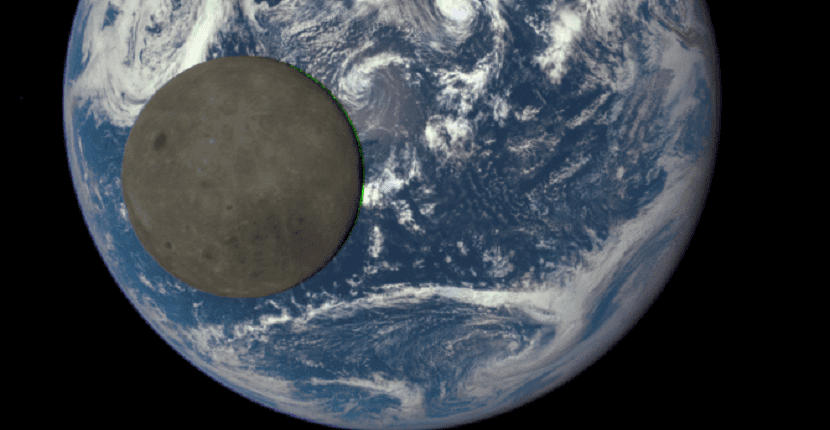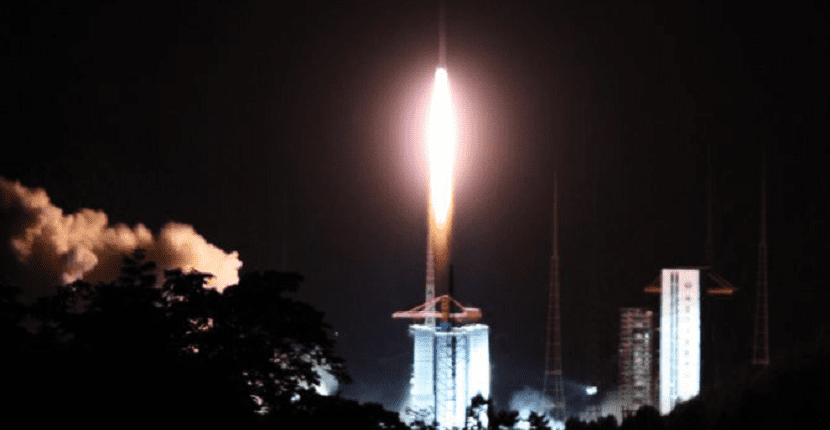
As announced a long time ago, China has finally managed to bring all its space exploration plans to fruition and, just a few days ago, they launched the satellite baptized with the name of Queqiao, which took off at 05:30 local time from the Xichang launch center, located right in the province of Sichuan (south of the Asian country). To send this satellite to the Moon the Chinese Space Agency has used a Long March 4C rocket.
Without a doubt we are facing one of the most interesting milestones that has been carried out by human beings, which corresponds to the first phase of the Chang'e 4 mission that, as a reminder, to tell you that its main objective is to be able to explore the hidden side of the Moon, same as with traditional methods and from Earth it is impossible to observe.

The Queqiao satellite will serve as a communications bridge between the probe that will land on the far side of the Moon and the control center located on Earth.
The main mission that the Queqiao satellite will have to carry out is to serve as communication bridge between the Chang'4 lander, which will depart towards the far side of the Moon by the end of summer, and the Earth thus enabling communications between the control center, located on our planet, and the probe that, when the time comes, will work on the far side of the Moon.
To carry out this very important mission, Queqiao has been equipped with a series of communication antennas along with solar panels. Based on the statements made by Zhang lihua, project manager:
The launch is a key step for China to achieve its goal of being the first country to send a probe to land softly on the far side of the Moon.
At this point, the Queqiao satellite is already in a lunar transfer orbit, from where it will travel to its permanent location by propelling itself thanks to lunar gravity. Going into a little more detail and as has been revealed, the probe will work specifically from the Lagrange point L2 of the Earth-Moon system, a location that will be reached in the next few weeks and that will allow it to remain about 65.000 kilometers above the lunar surface and 455.000 kilometers from our planet.

The Long March 4C rocket, in addition to the Queqiao satellite, has carried two Chinese satellites and a Dutch communications antenna to the Moon
As a detail, tell you that in this mission China has not only used the Long March 4C rocket to send the Queqiao communications satellite, but also those baptized as longjiang-1 y longjiang-2 as well as a Dutch antenna that responded to the acronym of NCLE (Netherlands Chinese Low-Frequency Explorer). The mission of the satellites, as has been officially revealed, involves orbiting the Moon to carry out a series of astronomical observations at ultralight wavelengths. The data collected by these satellites will help researchers to understand a little better the cosmic dawn, that is, those moments when the first stars began to light up.
In second place we find the Dutch NCLE antenna. This antenna has been sent to detect the weak radio signals from the early stages of the primordial cosmos, just at that time when the universe was dark, cold and composed almost entirely of hydrogen. Thanks to the use of this sophisticated antenna, experts will try capture frequencies between 10 and 30 MHz, signals that on Earth are blocked by the atmosphere. This project has been promoted by the public sector and the Dutch private industry and literally, as they have communicated, they hope to write a new chapter in the history of astronomy thanks to the collaboration of the Chinese administration.